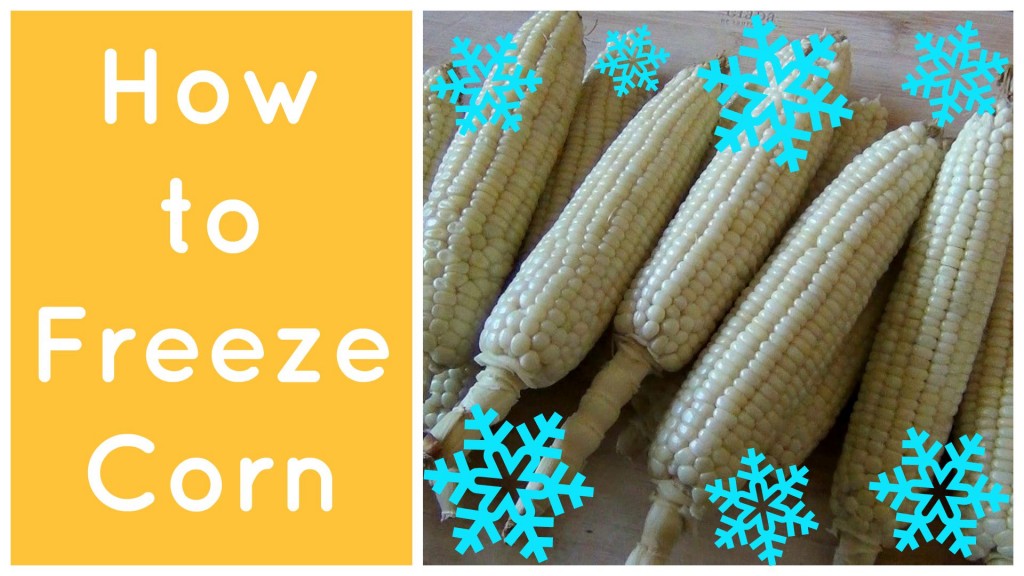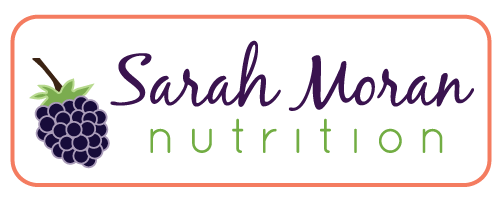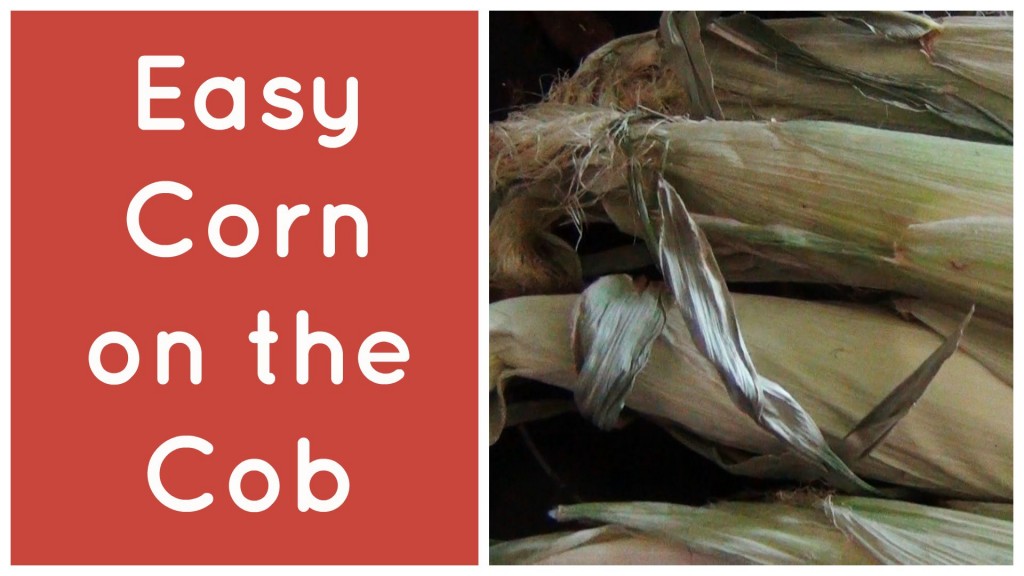Some people look forward to summer for the sunshine and days by the pool. Me, I'm all about the produce! There is nothing better than chopping up a red, juicy tomato and throwing it into a salad after so many fall, winter, and spring months without one. Heck, I love them so much, I could eat one all by itself. This dinner highlights tomatoes and cucumber, two of those veggies that just scream summer, along with corn on the cob, and another summer favorite, grilling!

Salmon Panzanella with Grilled Corn on the Cob
adapted from EatingWell.com
Serves 4
Ingredients
4 ears of corn, with husks
8 Kalamata olives, pitted and chopped
3 tablespoons red-wine vinegar
1 tablespoon capers, rinsed and chopped
1/4 teaspoon black pepper, divided
3 tablespoons extra-virgin olive oil
2 thick slices 100% whole wheat bread
2 large tomatoes, cut into 1-inch pieces
1 medium cucumber, seeded and cut into 1-inch pieces
1/4 cup thinly sliced or chopped red onion
1/4 cup thinly sliced fresh basil
1 pound wild Alaskan Sockeye Salmon, skinned and divided into 4 portions
1/2 teaspoon salt
Directions
1. Discard outer husks on corn and peel back inner layers to reveal silk. Remove silk and fold inner husks back around corn to protect it on the grill.
2. Fill large pot with water and soak corn, stalk end up, for 10-30 minutes (this will allow corn to steam inside husks and remain moist on the grill).
3. Meanwhile, whisk olives, vinegar, capers, and 1/8 teaspoon pepper in large bowl. Slowly whisk in oil until combined. Add tomatoes, cucumber, onion, and basil and toss to distribute dressing.
4. Preheat grill.
5. Remove corn from water and shake to remove excess. Grill corn, turning occasionally, for about 15 minutes, or until tender.
6. Season salmon with 1/2 teaspoon of salt and remaining 1/8 teaspoon of pepper. Brush both sides of salmon with olive oil. Grill salmon for 4 to 5 minutes on each side or until it flakes with a fork.
7. Grill bread slices for 2-3 minutes on each side, or until grill marks are visible and bread is toasted.
8. Slice bread into 1-inch pieces and add to vegetable mixture at the last moment to retain crispness (when storing leftovers, remove these "croutons" as they will get soggy).
9. Divide salad into 4 portions and top with salmon. Serve corn on the side. I don't use butter because it's so deliciously sweet it simply doesn't need it!
 Local corn on the cob is delicious, but it doesn't last forever. However, you can still enjoy it all year long if you freeze some for later. Here's how to freeze corn so you can have a little piece of summer even on winter's coldest days.
Local corn on the cob is delicious, but it doesn't last forever. However, you can still enjoy it all year long if you freeze some for later. Here's how to freeze corn so you can have a little piece of summer even on winter's coldest days.




